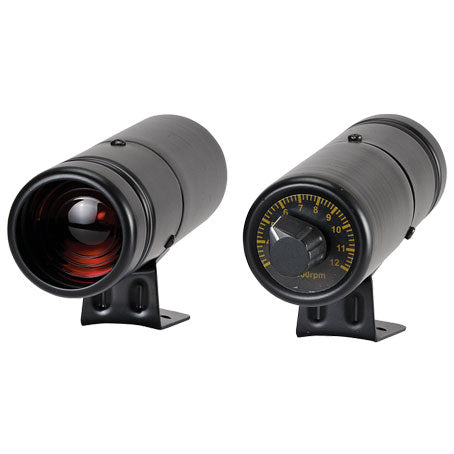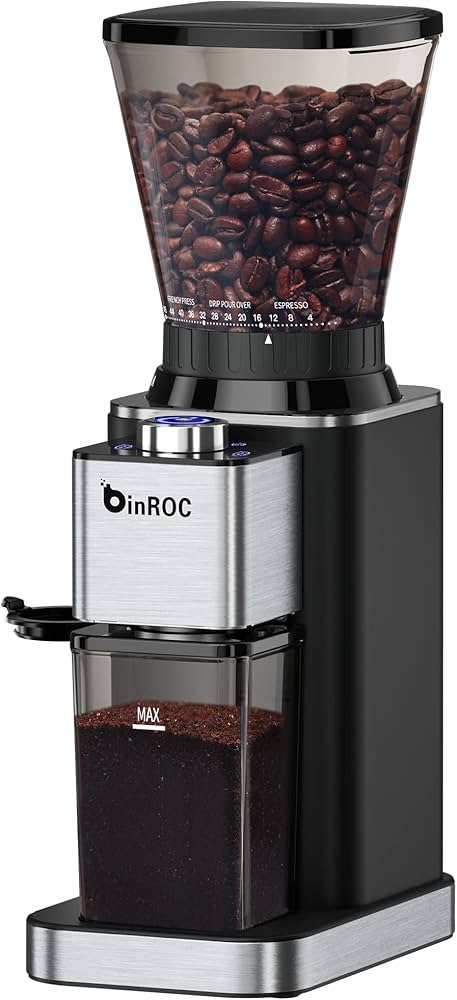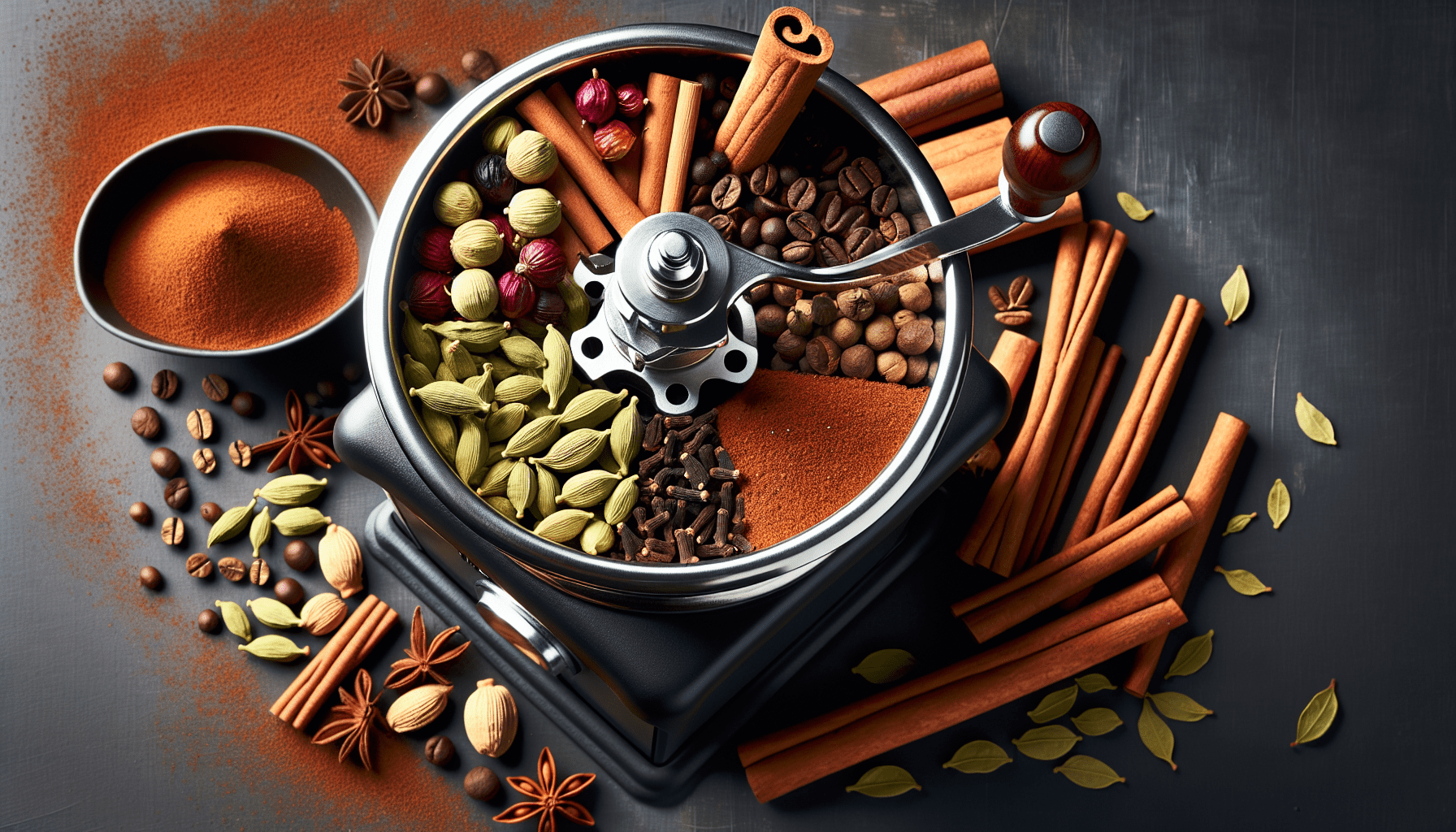Have you ever wondered if you can use oily coffee beans in any coffee grinder machine? Well, the answer might surprise you! Whether you’re a coffee aficionado or just someone looking for a good cup of joe, understanding how different coffee beans interact with various grinder machines is essential. In this article, we will explore the compatibility of oily coffee beans with different types of coffee grinders, to help you make the most informed decision for your ultimate coffee experience. So, let’s dive into the world of oily coffee beans and coffee grinder machines to unlock the secrets behind perfecting your morning brew!
What are oily coffee beans?
Oily coffee beans refer to coffee beans that have a shiny, oily appearance on their surface. This oil is a natural byproduct of the roasting process and can vary in intensity depending on factors such as roast level and bean origin. Oily coffee beans are often associated with espresso blends, as they are known to contribute to a rich and full-bodied flavor profile.
Definition of oily coffee beans
Oily coffee beans are defined by their glossy appearance, which is caused by the oil released during the roasting process. These oils can be seen on the surface of the beans and may also be present in the coffee grounds. The presence of oil on the beans can indicate that they have been roasted for a longer duration, resulting in a darker and more intense flavor.
Reasons behind oily coffee beans
The oiliness of coffee beans can be attributed to several factors. Firstly, the oil content in the beans themselves plays a role. Some coffee varieties naturally have a higher oil content than others, which can contribute to the beans’ oily appearance. Additionally, the roasting process also affects the oiliness of the beans. Longer roasting times and higher temperatures can cause the oils to be released and accumulate on the surface of the beans.
Types of coffee grinder machines
When it comes to grinding coffee beans, there are several types of coffee grinder machines to choose from. Each type offers unique features and capabilities, allowing you to achieve your desired grind consistency.
Burr grinder
Burr grinders are widely regarded as the best option for grinding coffee beans. They consist of two burrs, or grinding discs, that crush the beans to a consistent size. Burr grinders offer more control over the grind size and produce less heat, resulting in a more precise and flavorful grind.
Blade grinder
Blade grinders, on the other hand, use a rotating blade to chop the coffee beans into pieces. While they are more affordable and widely available, blade grinders are not as consistent in producing an even grind. The heat generated by the spinning blade can also affect the flavor of the coffee.
Manual grinder
For those who prefer a more hands-on approach, manual grinders are a great option. These grinders require manual effort to grind the coffee beans, often through the use of a hand crank. While they may take more time and effort, manual grinders allow for greater control over the grind size and can be a quieter and more portable option.
Effect of oily beans on coffee grinder machines
Using oily coffee beans in a coffee grinder machine can have various effects on the machine itself. It is important to be aware of these potential consequences to ensure the longevity and performance of your grinder.
Potential clogging
One of the main concerns when using oily coffee beans is the potential for clogging in the grinder. The oils present in the beans can cling to the internal components of the grinder, causing them to become sticky and obstructing the flow of coffee grounds. This can lead to inconsistent grinding and even damage to the grinder if not addressed.
Difficulty in achieving a consistent grind
The oily surface of the beans can create challenges in achieving a consistent grind size. The oils can cause the beans to clump together, leading to uneven extraction during brewing. This can result in a brew that is either over-extracted or under-extracted, impacting the overall flavor and quality of the coffee.
Residue buildup in the machine
Oily coffee beans can leave behind residue in the coffee grinder machine. The oils can accumulate on the burrs, blades, and other components, leading to a sticky buildup over time. This residue can affect the grinder’s performance and may require more frequent cleaning and maintenance to prevent any negative impact on the flavor and consistency of the coffee.
Compatibility of oily coffee beans with different grinder machines
The compatibility of oily coffee beans with different grinder machines can vary. Let’s explore how oily beans interact with each type of grinder.
Burr grinder
Burr grinders are generally better equipped to handle oily coffee beans. The burrs are designed to crush and grind the beans consistently, regardless of their oiliness. However, it is still important to clean the burrs regularly to prevent any oil buildup that could affect the grinder’s performance. Burr grinders with removable burrs make the cleaning process easier.
Blade grinder
Blade grinders may struggle with oily coffee beans due to their less consistent grinding mechanism. The oils can cause the beans to stick together, resulting in uneven grinding. Additionally, the oils can create a film on the blades, affecting their ability to chop the beans evenly. It is recommended to clean the blades thoroughly after each use to prevent any residue buildup.
Manual grinder
Manual grinders can handle oily coffee beans, but the process may require more effort. The manual grinding action allows for more control over the grind size, even with oily beans. However, it is important to clean the manual grinder regularly to prevent any residue buildup from affecting the grinding mechanism.
Tips for using oily coffee beans in a coffee grinder machine
While using oily coffee beans in a coffee grinder machine may present some challenges, there are several tips you can follow to optimize your grinding experience.
Regular cleaning and maintenance
To combat the potential issues caused by oily coffee beans, it is essential to clean and maintain your grinder regularly. This includes cleaning the burrs or blades, removing any residue or oil buildup, and ensuring all components are dry before use. Regular maintenance will help prevent clogging and maintain the longevity of your grinder.
Grinding in small batches
Grinding oily coffee beans in small batches can help minimize the clumping and uneven grinding. By grinding smaller amounts at a time, you reduce the chances of the beans sticking together and ensure a more consistent grind size. This can enhance the overall flavor and quality of your coffee.
Using a different grinder setting
Experimenting with different grinder settings can also be beneficial when using oily coffee beans. Adjusting the grinder to a finer setting can help break down the oily beans more effectively. However, it is essential to find the right balance to avoid over-extraction. It may take some trial and error to achieve the desired grind consistency with oily beans.
Preventing excessive heat buildup
Heat can affect the flavor of your coffee when grinding oily beans. To prevent excessive heat buildup, it is recommended to allow your grinder to cool down between grinding sessions. This will help maintain the integrity of the oils and preserve the desired flavors in your coffee.
Benefits of using oily coffee beans
Using oily coffee beans can offer several benefits that contribute to a more enjoyable coffee experience.
Enhanced flavor and aroma
The oils present in the coffee beans can enhance the flavor and aroma of your brew. Oily beans often result in a fuller-bodied and more intense cup of coffee, with a robust and satisfying taste. The oils can add complexity and depth to the flavor profile, making each sip a delight for the taste buds.
Longer shelf life
The presence of oils on the surface of the coffee beans can help extend their shelf life. The oils act as a protective barrier, preventing the beans from drying out and losing their freshness. This can be particularly beneficial for those who prefer to buy coffee beans in larger quantities or for those who may not consume coffee as frequently.
Suitable for specific brewing methods
Oily coffee beans are particularly well-suited for certain brewing methods, such as espresso. The oils contribute to the creation of a rich and creamy crema, which is a hallmark of a well-extracted espresso shot. Additionally, the oils in the beans can provide a smoother and more velvety texture to the coffee, enhancing the overall drinking experience.
Alternatives to oily coffee beans
If you prefer to avoid using oily coffee beans in your grinder machine, there are alternative options to consider.
Less oily coffee bean varieties
Not all coffee beans exhibit the same level of oiliness. If you prefer a cleaner, less oily grind, consider opting for coffee bean varieties that are known for their lower oil content. Some beans, such as those with a lighter roast, tend to have a drier surface and produce less oil during the roasting process.
Adding oils or flavors separately
If you enjoy the flavor profiles associated with oily coffee beans but wish to avoid any potential issues with your grinder, you can consider adding oils or flavors separately. This can be achieved by infusing the flavor directly into your brewed coffee using flavored syrups, extracts, or even essential oils. This way, you can still achieve the desired flavors without compromising the performance of your grinder.
Recommendations for oily coffee beans in coffee grinder machines
To ensure optimal results when using oily coffee beans in a coffee grinder machine, consider the following recommendations:
Consulting the manufacturer’s guidelines
Before using oily coffee beans in your grinder machine, it is always best to consult the manufacturer’s guidelines or recommendations. They may provide specific instructions on how to handle oily beans with their particular grinder model. Following their guidelines will help you maintain the longevity and performance of your machine.
Experimenting and adjusting the grind settings
Grinding oily coffee beans may require some experimentation and adjustment of the grind settings. Start with a finer grind setting and gradually adjust as needed to achieve the desired consistency. Pay attention to the brewing results and taste the difference with each adjustment to find the perfect grind size for your oily beans.
Considering the frequency of use
If you plan to use oily coffee beans regularly, it is important to take into account the frequency of use when choosing a grinder machine. Investing in a higher-quality burr grinder that is specifically designed to handle oily beans may be a wise choice for those who consume oily coffee regularly. This can help minimize any potential issues and ensure consistent and flavorful results every time.
In conclusion, oily coffee beans can be used in various coffee grinder machines with some considerations and adjustments. Understanding the potential effects of oily beans on your grinder and implementing proper cleaning and maintenance practices can help ensure optimal performance. Additionally, exploring alternative coffee bean varieties or flavoring options can provide alternatives for those who prefer to avoid oily beans altogether. Ultimately, with the right approach, oily coffee beans can contribute to a rich and flavorful coffee experience.




